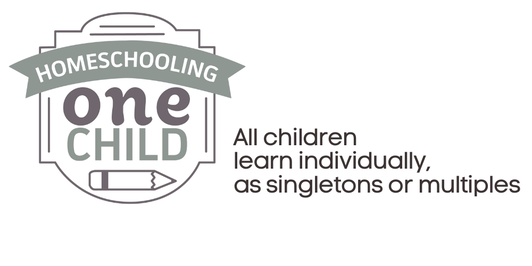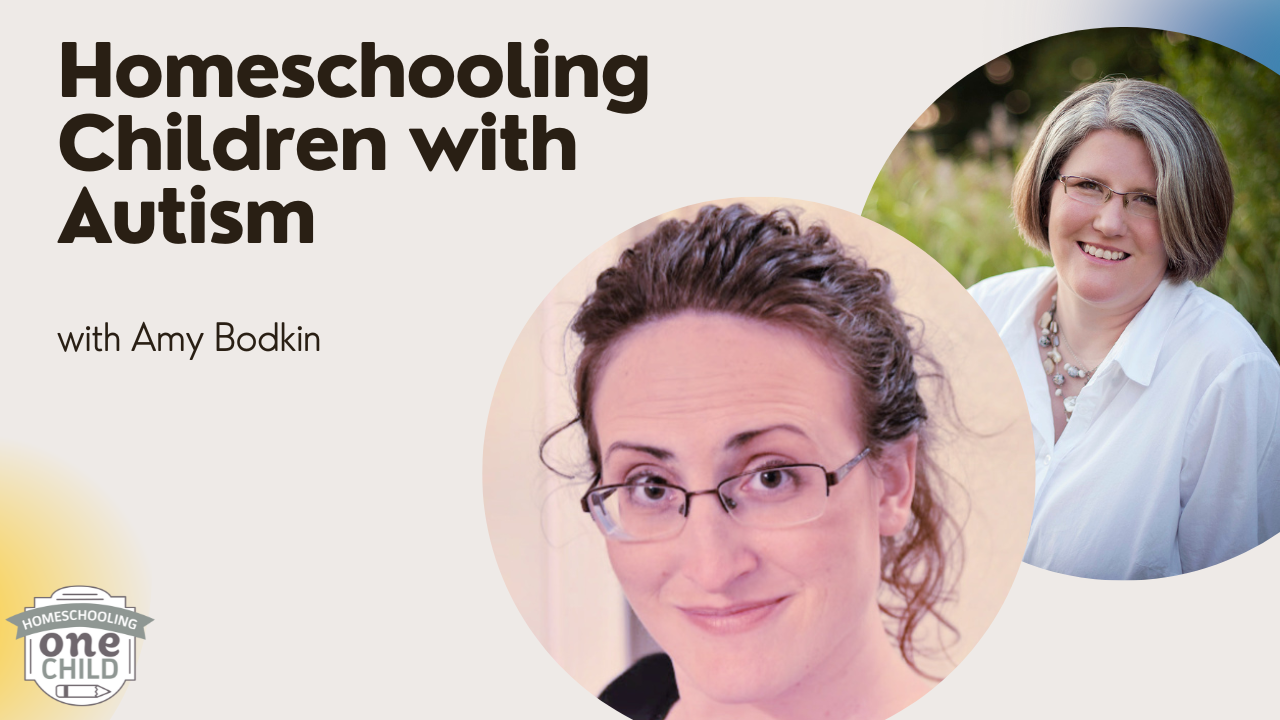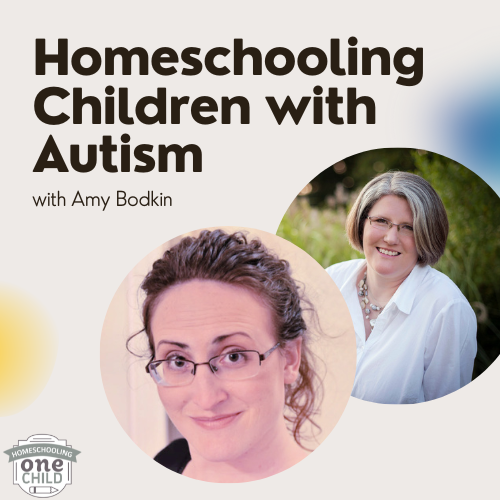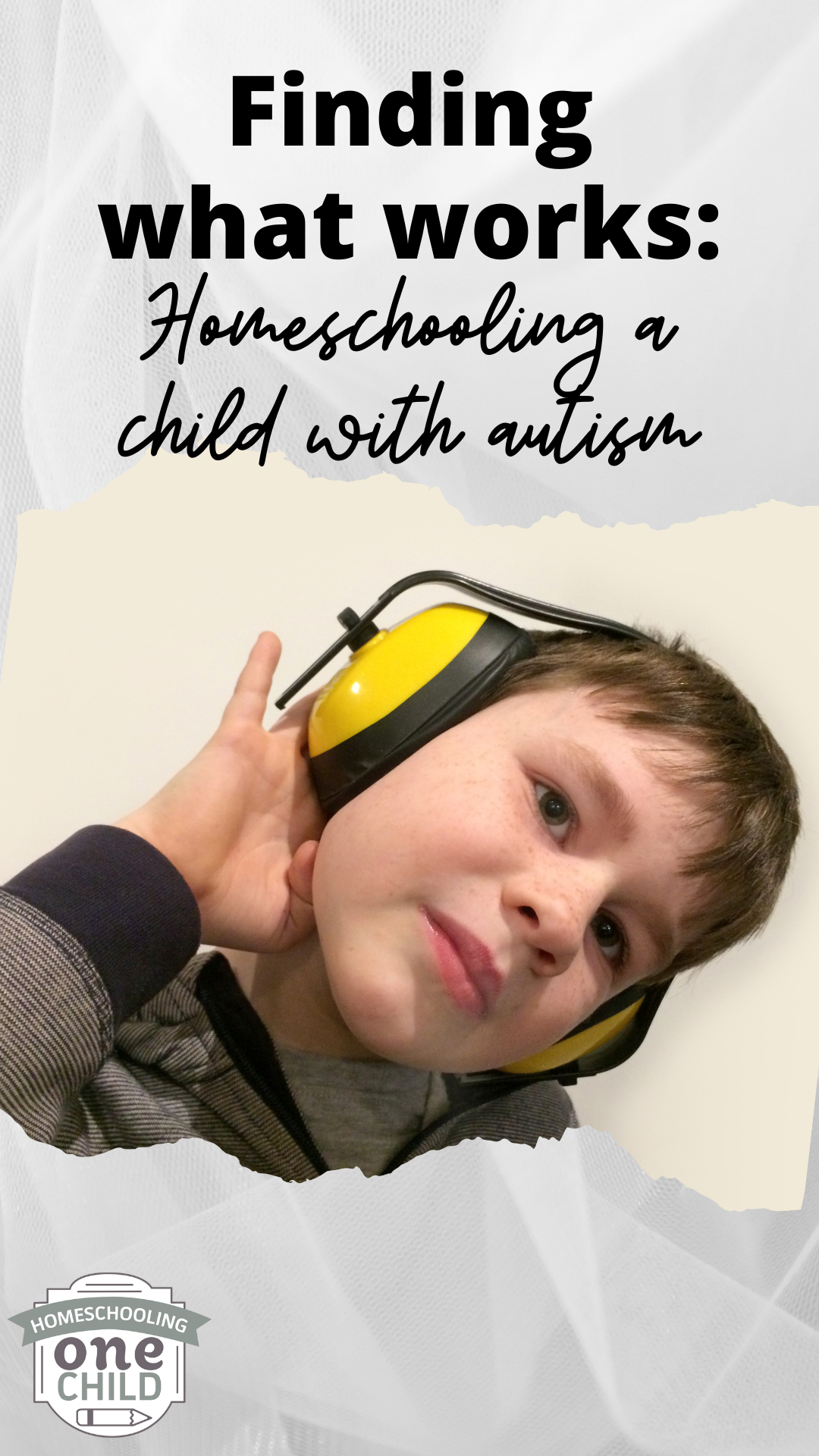 After a loved one has a diagnosis that will be lifelong, applying for disability is one of the next steps. Social Security-Disability (SSDI or SSI, depending on individual circumstances) not only provides a small source of income, but also provides Medicaid as health insurance. Having Medicaid opens a multitude of services available to the disabled person, from transportation to day programs to in-home care, among others. There are tricks and tips, though, for applying for disability. Do your research Before visiting the Social Security Administration office near you, visit their website. Make sure that the diagnosis you have is covered under the disabilities the Administration recognizes. Some aren’t—especially if it is something that will eventually go away. Find your local administration office, and call to make an appointment – this will save a great deal of time at the office itself. Paperwork First and foremost, go to the Social Security office prepared with the documentation needed: birth certificate, Social Security card, identification card (ID or drivers’ license), and any and all evaluations. The evaluation results could be medical, educational, or psychological. Make sure all of them are the original documents that can be copied by Social Security staff. There are some instances where one can apply online without leaving their home--check the website to see if you qualify. The evaluations or medical records should be signed by a doctor or therapist, with their addresses and phone numbers readily available. Applying On the day of application, go in prepared with all the documents in a manila-type file folder or envelope. If you are prepared, the application process is a great deal faster and no one —you or the worker—get irritated. If you are applying on behalf of someone, make sure you bring that person along. Do not apply for someone without that person there, even if it’s a child with autism who is having a terrible day. It’s much more difficult to say “no” to a person than a name on a piece of paper. Also, if you do bring the child for whom you’re applying, try to bring another adult who can take the child outside or to the restroom. After applying Understanding that getting denied the first time you apply is not the end, nor is it abnormal. Appeal the decision, and if necessary, hire an attorney who specializes in Social Security disability cases. However, one of the most popular reasons a disability case is denied is because someone is trying to get disability who does not qualify as disabled. Another reason is that the appropriate paperwork was not submitted. For example, let’s say that Mary and Jane both have migraines. Both have missed work because of them, and both apply for disability. Mary takes over-the-counter meds and fights through. Jane goes to a neurologist, is put on prescription medication, saves all her receipts, and has her work document days absent due to illness. Jane has her migraines documented whereas Mary does not. Mary gets denied disability but Jane is approved. If Mary sees a doctor for her migraines, saves OTC and prescription medication receipts, and had her work document her absences, she could possibly win an appeal. It would be extremely difficult to win an appeal based on non-documented doctor visits, hospital stays, or work absences. Applying for a chronic condition If a child is born with a chronic, life-long condition that will affect his livelihood or ability to work for the rest of his life, applying for disability is an appropriate avenue which, along with Medicaid, opens doors for that child for therapies, housing, transportation, and other services. To apply for a child with a chronic condition, first look up the condition on the Social Security website to ensure it’s one of the disabilities recognized by the government. Secondly, if it is recognized, call your child’s primary care doctor for a complete physical, and any specialists the child sees. Tell the doctors you’re trying to gain disability for the child, and that you will need copies of the medical records. Homeschoolers Children public schools’ exceptional childrens’ programs have Individualized Educational Plans to document educational strengths and weaknesses, as well as show need for therapies. Homeschooling parents need to document and portfolio their child’s work, and it would not hurt at all to keep a running journal on your laptop about your child’s progress (or lack) in homeschool. Make sure each entry is dated. If the child receives in-home or outside therapies, even if you pay out of pocket, each therapy should document and write an evidentiary letter about the child. Documenting is key when trying to receive disability. Applying for a child before she is 18 years old is extremely important. When a disabled child turns 18, they are no longer bound by income restrictions from her parents. However, it is important you gain all medical records that show the disability started before she turned 18, as this indicates a life-long issue. Have your child evaluated by a psychologist who is trained in performing Social Security psych evals, and take the original copy of the evaluation results with you when you apply. Also, take the person for whom you’re applying, even if he is having a bad day. Sometimes, a bad day indicates disability more than pristine behavior. You will want to open a checking account for the child with your name on it as well. Take routing and account numbers with you to the application appointment, and a copy of the balance sheet for the checking account, noting that it should have only enough money in it that was used to open the account. The person’s disability payments will be direct deposited into this account. Applying for disability is one of those necessary evils when one has a life-changing illness or injury. Doing your homework, documenting everything, and getting all the paperwork in order helps the application process tremendously. ~ Terrie (C) 2019 Terrie Bentley McKee All Rights Reserved
3 Comments
NANCY
11/17/2019 06:59:19 am
I am sure many parents of special needs children will appreciate you sharing this post.
Reply
Terrie McKee
11/19/2019 04:17:59 pm
Nancy, I certainly hope it helps!
Reply
9/29/2021 10:52:35 am
Excellent article! Your post is essential today. Thanks for sharing, by the way.
Reply
Leave a Reply. |
AuthorTerrie Bentley McKee is an author and speaker who homeschools her youngest daughter. Married to her husband Greg, they have four children, all of whom have special needs of varying degrees. Terrie is a follower of Jesus Christ and tries to glorify God in all she does. To read more about her testimony, click here. Affiliate LinksHomeschooling One Child is a participant in the Amazon Services LLC Associates Program, an affiliate advertising program designed to provide a means for sites to earn advertising fees by advertising and linking to amazon.com. Check out our YouTube channel!Check out our podcast!Please pin!Archives
January 2024
Categories
All
|
- Home
- Blog
- Podcast
-
Resources
- Teach What is Good Devotional
-
Convention Resources
>
- Homeschooling a Teen with Autism
- Tips on Creating a Disability-Inclusive Church
- How to Teach Your Exceptional Child about Faith
- Homeschooling Preschoolers with Autism
- How to Pick Developmentally Appropriate Curriculum for your Autistic Child
- Overwhelmed
- Homeschooling One Child
- Life Skills Chickens
- Strategies on Homeschooling Kids with Special Needs
- About Us >
- Vlog
- Homeschooling News
- Printables
- Special Needs
- Curriculum
- Encouragement
- Home Management >
- History
- Science
- 25 Days of Advent
- Courses
- Store
(C) 2023 Terrie Bentley McKee ALL RIGHTS RESERVED
- Home
- Blog
- Podcast
-
Resources
- Teach What is Good Devotional
-
Convention Resources
>
- Homeschooling a Teen with Autism
- Tips on Creating a Disability-Inclusive Church
- How to Teach Your Exceptional Child about Faith
- Homeschooling Preschoolers with Autism
- How to Pick Developmentally Appropriate Curriculum for your Autistic Child
- Overwhelmed
- Homeschooling One Child
- Life Skills Chickens
- Strategies on Homeschooling Kids with Special Needs
- About Us >
- Vlog
- Homeschooling News
- Printables
- Special Needs
- Curriculum
- Encouragement
- Home Management >
- History
- Science
- 25 Days of Advent
- Courses
- Store







 RSS Feed
RSS Feed
